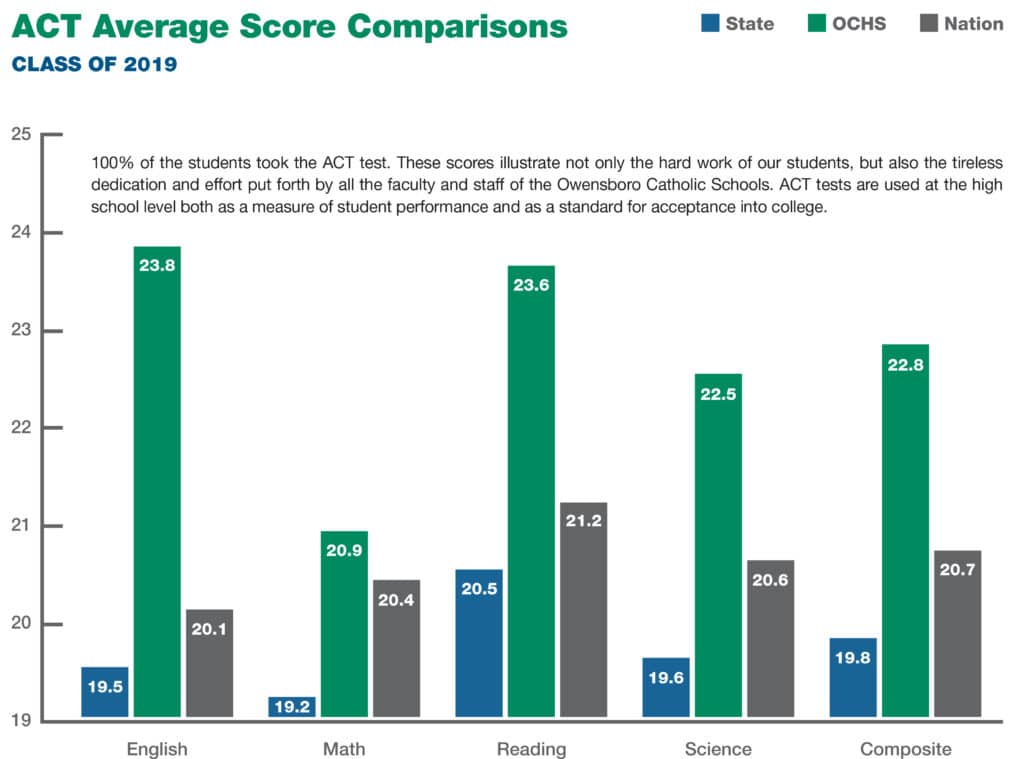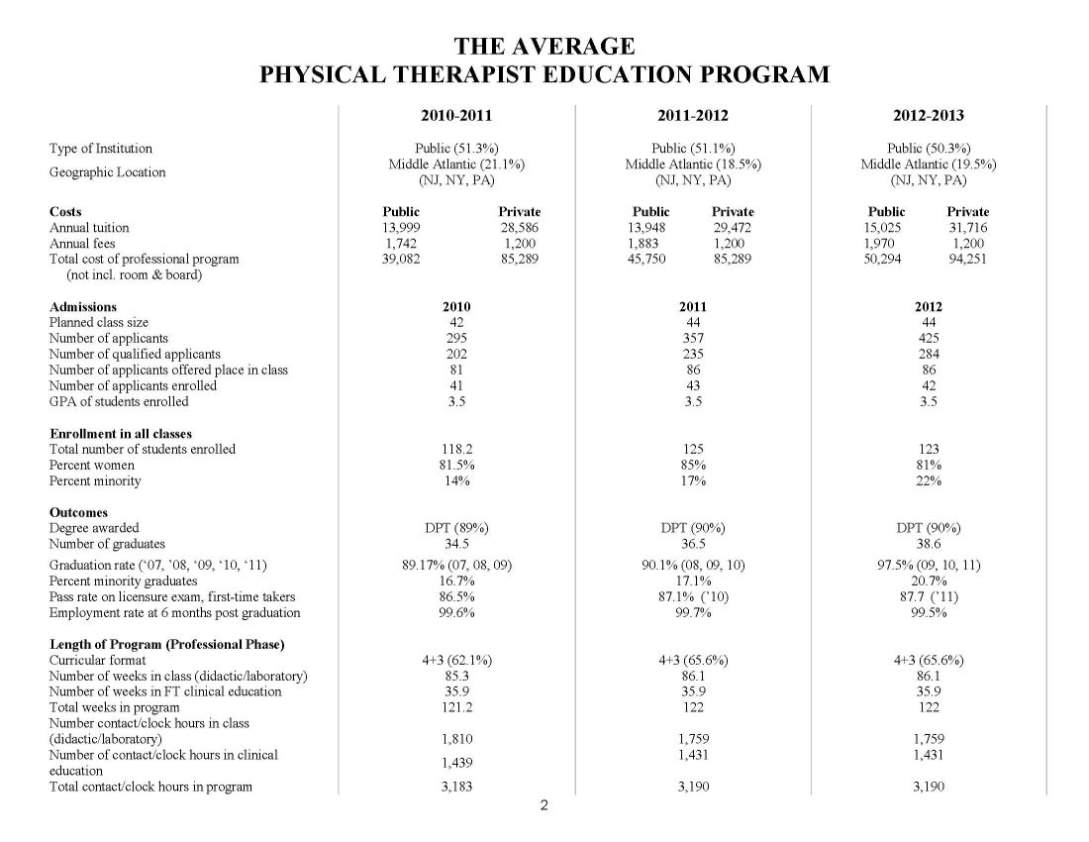

This correlational research study was conducted to validate externally a previous pilot study that examined the relationship between formative and summative examinations and PANCE scores at one physician assistant (PA) program. We offer suggestions for future research to maximize the utility of a board review course. There were no significant differences in PANCE performance of PA students who participated in a program-sponsored board review course and the performance of those who did not participate the previous year. Although not statistically significant, differences between on-site and off-site attendance may be of practical significance.

Post hoc analysis revealed a significant main effect for number of tests (F(3,94) = 3.35, p =. After controlling for demographics, PACKRAT II scores, and students' home university, the study found that participation in the board certification course did not seem to affect student performance on the PANCE (R change = 0.000, p =. Multiple regression analyses with PANCE score as the outcome variable were conducted with number of days to PANCE, number of practice tests, location of review course, Physician Assistant Clinical Knowledge Rating and Assessment Tool (PACKRAT) II performance, first-time PANCE pass rates, and first-time PANCE scores. There were 116 students at Idaho State University and 85 students at the University of Utah. In the second year (2015), both universities required participation in the course. In the first year (2014), the universities had not implemented a requirement for participation in a commercial board review course. To analyze the effectiveness of an independent commercial 3-day Physician Assistant National Certifying Examination (PANCE)-Physician Assistant National Recertifying Examination (PANRE) board review course to improve first-time pass rates on the PANCE.ĭata were extracted from academic files at 2 universities over 2 years. In the future, it will be important for pharmacy educators to identify and study best practices for use of PCOA within student assessment and remediation plans. Conclusion: Survey results indicate wide variability between programs regarding PCOA cut-points (benchmarks), stakes, and remediation approaches. Remediation was most commonly required for P3 students (22%). Remediation for at risk students was required by less than 25% of programs. There were a variety of approaches used to establish the benchmark (or cut-point) for PCOA performance.
#Average packrat score 2021 professional#
The approach for assigning “stakes” to PCOA performance varied amongst programs depending on the student’s professional year in the curriculum.

The PCOA was most frequently administered to third professional year (P3) students. The most common uses of the PCOA included curricular assessment (76%), individual student performance assessment (74%), and cohort performance assessment (71%). Results: The school response rate was 68%. The survey was administered electronically using SurveyMonkey. Survey items were designed to investigate common uses of the PCOA, cut-points and “stakes” assigned to the PCOA, identification of at-risk students, and remediation approaches. Methods: Assessment professionals from 135 US schools and colleges of pharmacy were invited to complete a 38-item survey. Objective: Utilize results of a national survey to describe current uses of the Pharmacy Curriculum Outcomes Assessment (PCOA) including: assignment of cut-points and stakes characterization of how “at-risk” students are identified and frequency and types of remediation processes.


 0 kommentar(er)
0 kommentar(er)
